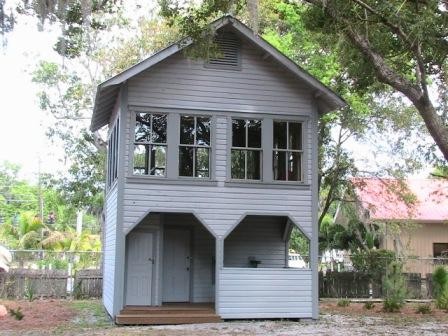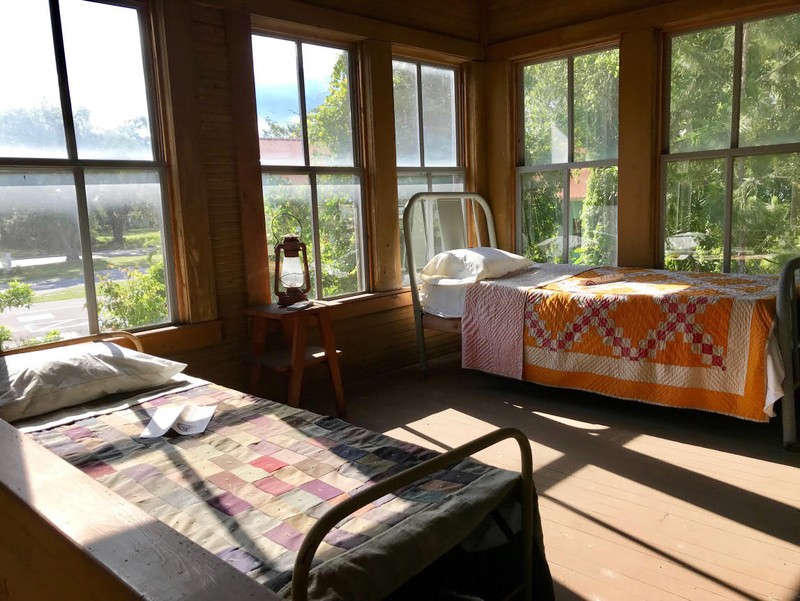Cow Hunter's Bunkhouse
Introduction
Text-to-speech Audio
Images
Cow Hunter's Bunkhouse


Backstory and Context
Text-to-speech Audio
In early Manatee County, it was not unusual to see a cow wandering down Main Street. Florida was an open range state, meaning ranchers did not have to fence in their cattle. They roamed free across the state.
Ranchers paid cow hunters to hunt down their cattle for market in Florida’s thick scrub woods.
"The Fence Law" (Senate Bill 34) passed in 1949, requiring ranchers to fence their property.
In the late 1800s, cow hunters on the coasts of Florida needed a route between settlements in the East and ports in the West to ship cattle. A straight path through central Florida proved to be the only one not blocked by swamps or rivers.
As the cattle industry boomed, Florida Crackers, cattle, horses, and wagons traveled between destinations on each coast. Over time, the route developed into a series of unmarked highways surrounded by miles of brush and plains.
The Florida Cracker Trail Association formed in 1986. They worked to get the route marked to honor history and raise awareness. In 1987, the Florida State Legislature designated a group of highways from Bradenton to Fort Pierce as the “Florida Cracker Trail.”
Manatee Village Historical Park marks the western end, while P. P. Cobb’s General Store in Fort Pierce marks the eastern end. Every year, the Florida Cracker Trail Association hosts an annual ride in which participants on horseback retrace the 120 mile trail.
Sources
This entry was written by Manatee Village Historical Park staff
Manatee Village Historical Park
